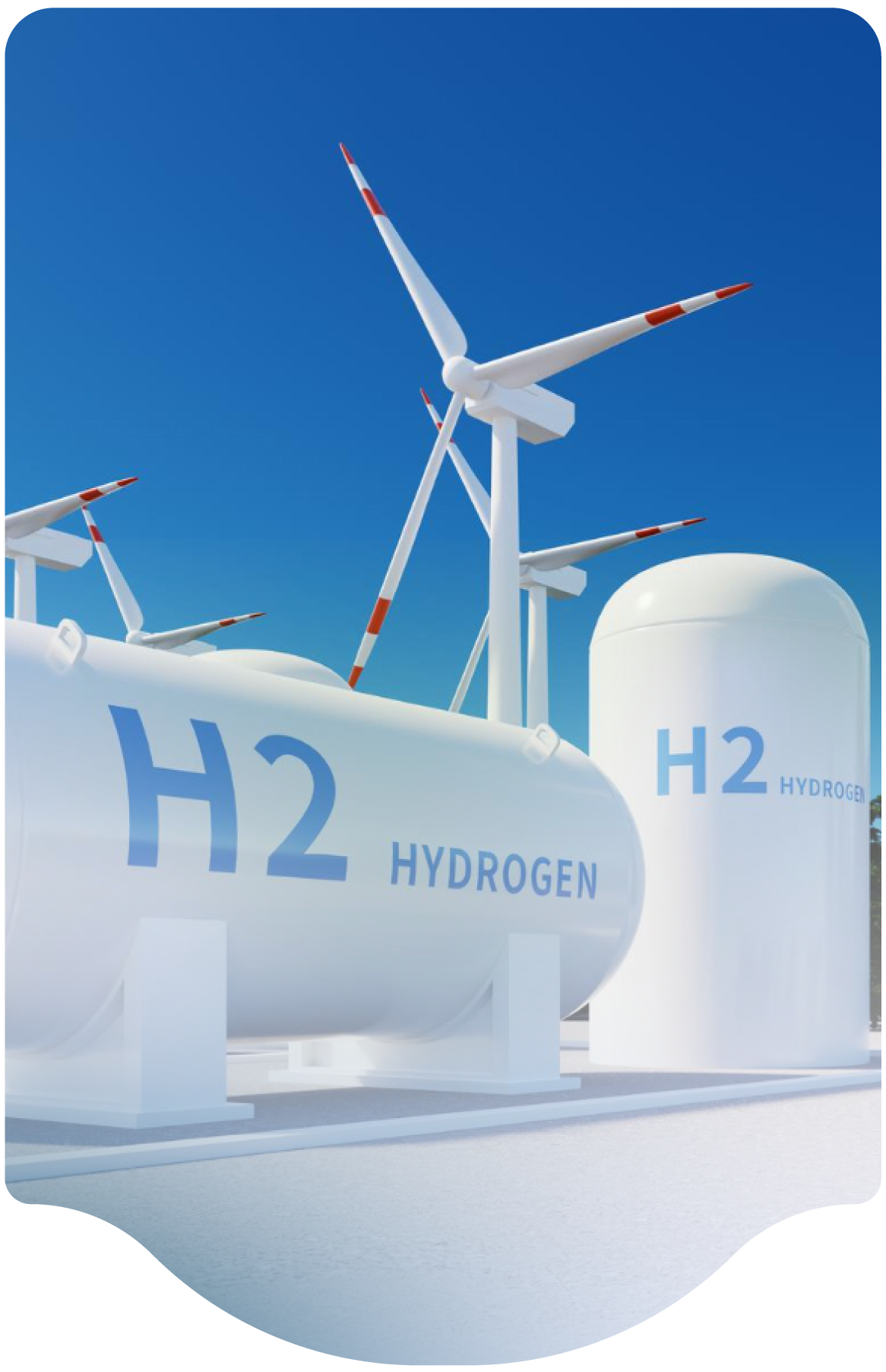- Home
-
Resources
- Center for Hydrogen Safety
- Hydrogen Fuel Cell Codes and Standards
- Learnings & Guidance
- Paper & References
- Web-based Toolkits
- Workforce Development

- Contact
- About H2Tools
- Welcome to the Hydrogen Tools Portal
- helpdesk@h2tools.org
FAQ
Frequently Asked Questions
Question & Answer
Category
FC Electric Vehicles, Site Planning
- 23 results found
- Clear All
Systems should be sited in accordance with national and local standards such as NFPA 2, Hydrogen
Technologies Code. The nature of a trailer filling operation is not much different than a vehicle fueling
station, so the hazards are comparable and similar safeguards such as walls and sensors will apply. These
facilities might be larger and industrial standards and regulations will also…
Category: Site Planning
Keywords: NFPA 2
Exposure between these products is bidirectional. A hazard analysis should consider what happens to
alternate fueling equipment if an incident with one of the fuels occurs. Care must be taken to have the
appropriate separation distance and mitigations according to the applicable codes. Limited experience
with existing stations has shown that these multi-fuel stations can be successful…
Category: Site Planning
Keywords: Multi-fuel Stations, Separation Distance
Each installation should be evaluated based on the results of a hazard analysis considering both of these
scenarios. Separation distances as listed in documents such as NFPA 2, Hydrogen Technologies Code, are
a minimum starting point but may need to be adjusted based on analysis. Recent work by NFPA 2 has
also included overpressure criteria, but the consequences can vary depending on…
Category: Site Planning
Keywords: Separation Distance, Overpressure, Jet Fire, NFPA 2
Hydrogen has been used as a fuel to operate cars, buses, trucks, submarines, aircraft, forklifts, trains and virtually every type of mobile equipment. Each has special considerations which often drive specific requirements for that vehicle type. For example, higher g-loadings of rail operations and operations within tunnels are a couple considerations, but there are no significant barriers…
Category: FC Electric Vehicles
Keywords: Train
All systems must be designed for the applicable operating parameters such as pressure, temperature,
and flow. The sub-cooled liquid hydrogen (sLH2) approach for fueling is comparable to other processes
commonly used to handle cryogenic liquids in the industrial gas industry where remaining gas is
condensed during the fill operation. These processes often operate above the critical…
Category: FC Electric Vehicles
Documents such as NFPA 2, Hydrogen Technologies Code, and the International Fire Code have quantity thresholds that differentiate requirements for the design of systems and enclosures. However, even the smaller quantities present a hazard under specific conditions, especially for systems that have the potential to release hydrogen into a confined or unvented space. Good engineering judgement…
Category: Site Planning
Keywords: Safeguards, NFPA 2, Indoors
Detection systems are nearly always installed but the system design and installation details of detection equipment are up to the manufacturer. Standards are being developed for this market.
Category: FC Electric Vehicles
Keywords: Leak Detection, Trucks, Detection Systems, Vehicle Standards
Dispersion and radiation analysis should be conducted to ensure that the hydrogen cloud will not interfere with the flight path of aircraft. In addition, there may be maximum height requirements due to airport requirements depending on the location of the stack.
Category: Site Planning
Keywords: Vent Stack, Airfield, Dispersion Analysis
Guidance for location of vent stacks is provided by NFPA 2, Hydrogen Technologies Code, which also references CGA G5.5, Hydrogen Vent Systems, for additional guidance. Minimum distances to vent stack outlets should be determined from dispersion and radiation analyses. The height of the vent stack and orientation of the release will affect the minimum separation distance.
Category: Site Planning
Keywords: Vent Stack, Separation Distance, Dispersion, NFPA 2
NFPA 2 provides Tables in Chapters 7 and 8 that specify the hazardous area classifications surrounding vent stack outlets. These are based on typical vent systems and flows, but are only applicable for smaller systems. The designer of a vent system should apply the principles of documents such as IEC 60079-10-1 (also required by NFPA 2) or NFPA 497 to evaluate larger vent releases where the…
Category: Site Planning
Keywords: NFPA 2, Hazards, Classification
We are professional and reliable provider since we offer customers the most powerful and beautiful themes. Besides, we always catch the latest technology and adapt to follow world’s new trends to deliver the best themes to the market.
Contact info
We are the leaders in the building industries and factories. We're word wide. We never give up on the challenges.
- 2 Queen Street,California, USA
- (+84) 04 123 456
- :Helpdesk@h2tools.org
